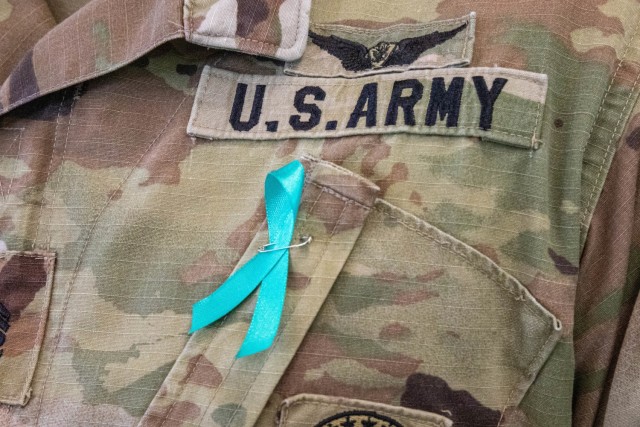
WASHINGTON — The Fusion Directorate Pilot established six active-duty locations in April 2022 and one virtual pilot from the reserves in July 2022. The pilot features coordination through a single directorate, intends to ease synchronizing efforts, increase accountability, transparency, and efficiency throughout the cycle of care for victims of both sexual harassment and sexual assault.
The victim-centered model allows military and civilian leaders to streamline resources with other installation support providers and community organizations to improve support for victims and prevent harmful behaviors.
Since first announcing the pilot in October 2021, sites set conditions for the one-year test, including realigning personnel, improving facilities, and formalizing the working relationships and processes for the newly formed directorates.
“While our goal is to prevent all sexual harassments and sexual assaults in the Army, we also need to be prepared to provide world class response for victims if it does happen,” Lt. Col. Joseph Holland, People First Task Force Support Services and Care (SHARP Re-Design) Lead said. “The effort and energy we are seeing from the pilot’s Fusion Directors, staff, stakeholders and leaders is genuine and inspiring. It has re-ignited the Army’s commitment to supporting victims.”
During the one-year pilot, sexual assault response coordinators and victim advocates reported seeing managerial benefits such as smooth case and workload distribution, eased scheduling coverage from leaves or vacancies and enhanced capability to anticipate needed advocacy support.
Some SHARP professionals have noted that coordination and collaboration of resources has been beneficial to supporting Soldiers as an alternative reporting process outside their immediate chain of command and unit footprint. Additionally, the structure of the Fusion Directorate has led to more meaningful interactions across the response agencies.
“What has been the most helpful is how well our entire SHARP team works with each other, from sharing experiences, lessons learned, to assisting each other in general,” Sgt. 1st Class Robinsky Russell, Combat Aviation Brigade, 1st Infantry Division said.
According to the Fusion Directorate Pilot staff, the expediency of notifications has also noticeably improved relationships between the advocates and the victims at the pilot locations. Stakeholders such as Criminal Investigation Division (CID), legal and medical, have been receptive to the Fusion Directorate Pilot’s positive effect on one-on-one communication with other agencies that provide victim support.
“The ability to work more easily as a team helps us solve problems quickly versus having to go out and find it,” Sgt. 1st Class Adam Hartle, 434th Field Artillery Brigade Sexual Assault Response Coordinator, said. “The time it takes a client to get answers that aren’t readily known is drastically cut down. It also helps everyone to understand more of how things work within each of our unique units and standardize the care.”
Victim advocates have also noticed Soldiers are gaining more confidence in the SHARP program and building the confidence to report incidents.
“The biggest impact has to be the amount of time dedicated to ensure all the victim’s needs and concerns are addressed,” Sgt. 1st Class Dixon Anguianohuerta, 1st Infantry Division Sustainment Brigade said. “For example, if a victim does not feel comfortable talking to a male SARC then a female SARC or VA will gladly help and support the victim through their healing process.”
The built-in flexibility of the concept and pilot facilitates real-time refinement and adaptation to align with the recommendations outlined in the Fort Hood Independent Review Committee and the Independent Review Commission on Sexual Assault in the Military.
The observations and lessons learned from the pilot will support development and implementation decisions to optimize sexual harassment and sexual assault response across the Army.
“If a program is unwilling or incapable of adapting, it will eventually defeat its very purpose for being,” Holland said. “I am proud to be in the Army, which displayed humility when looking at its areas for needed improvement, and bravery when taking deliberate and informed steps to improve support to sexual harassment and sexual assault victims.”

Social Sharing